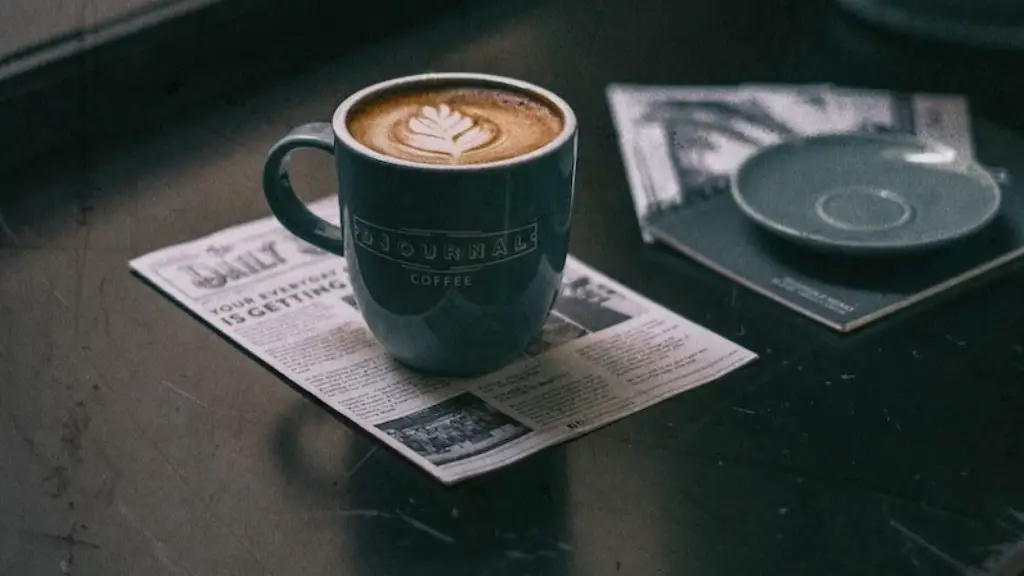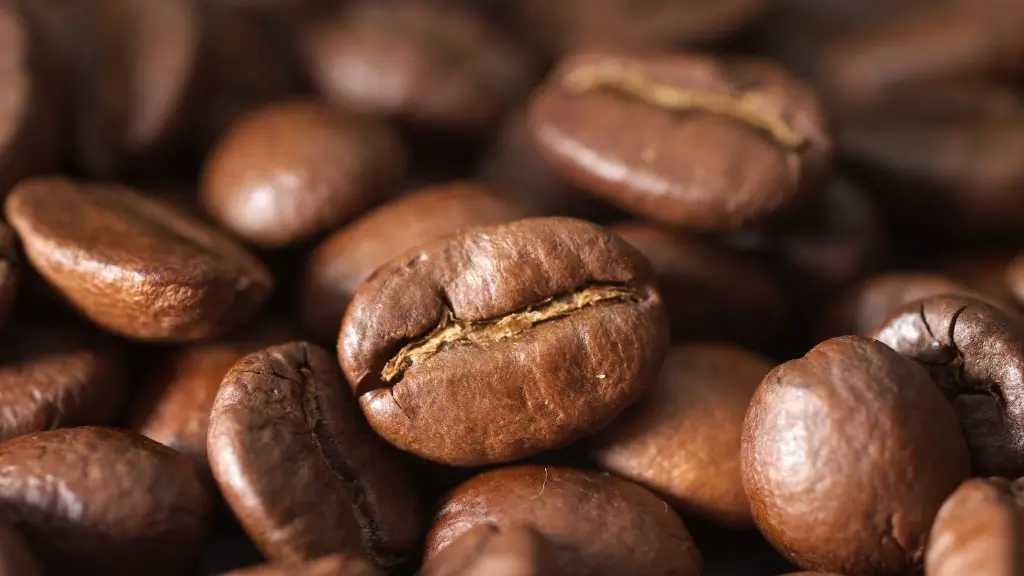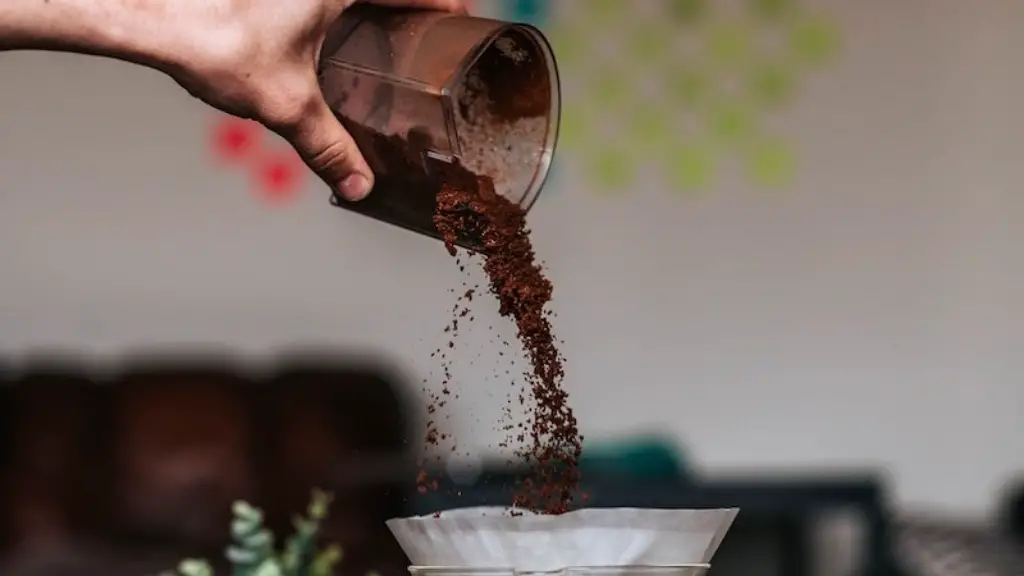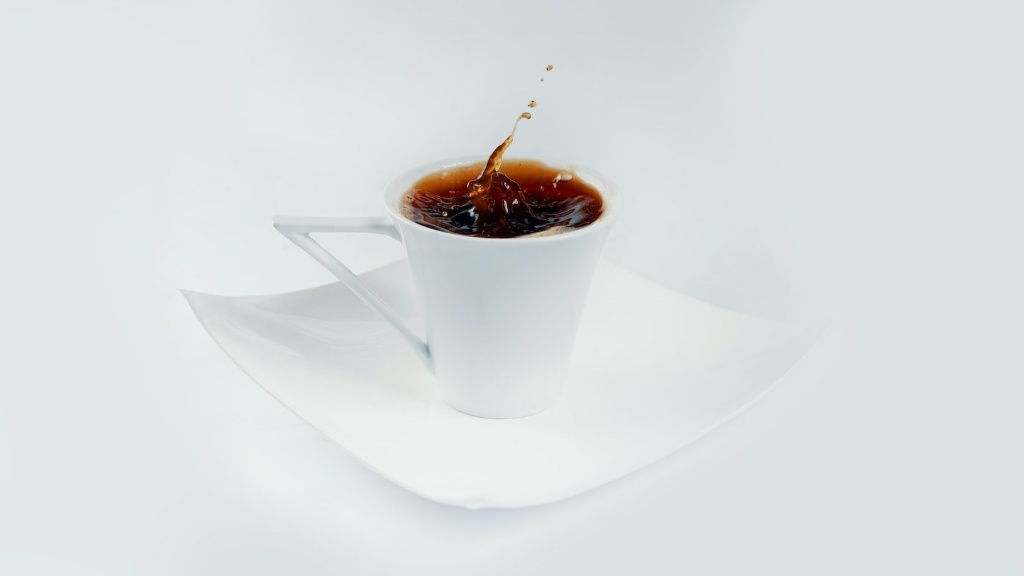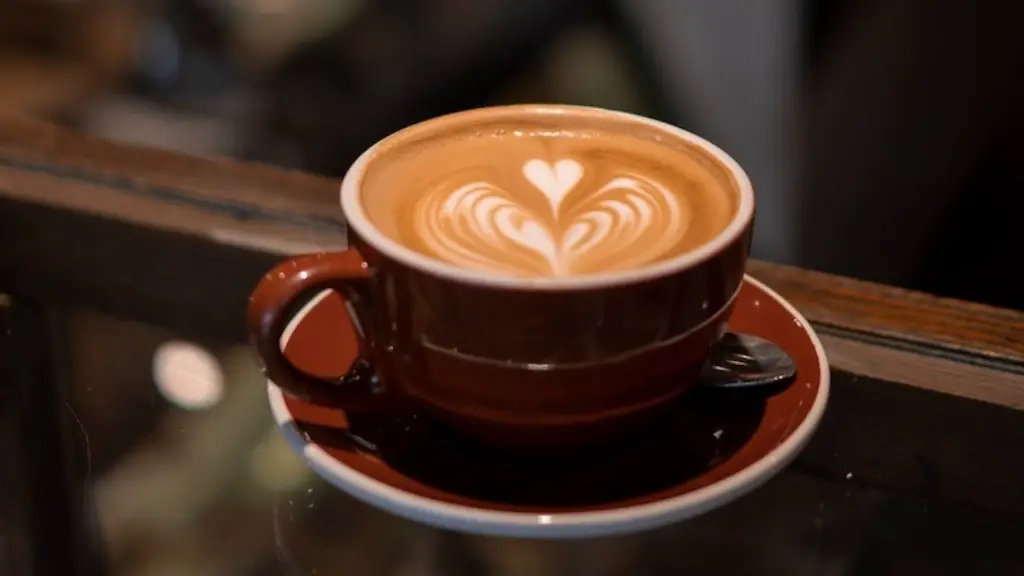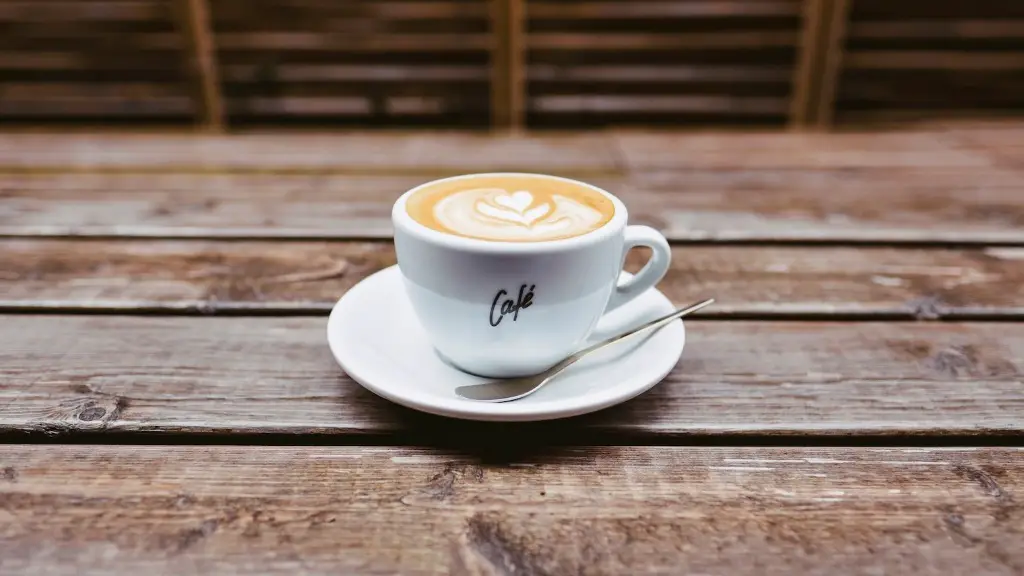When it comes to coffee beans, there are two types of oil that can be present: natural and flavoring. Natural oil is present in all beans and is responsible for the beans’ nutrient-rich flavor. Flavored oils are added to coffee beans to enhance their flavor. The most common flavoring oils used are orange, lemon, and cinnamon.
Coffee beans become oily when they are roasted. The oils are released from the beans as they are heated, and this is what gives roasted coffee its unique flavor.
Are oily coffee beans better?
There is a common misconception that oily coffee means the coffee is fresh. In fact, it’s quite the opposite. Fresh coffee should not contain excess oil on the coffee beans unless it is a French Roast or a very Dark Roast. Oil on beans is generally a telling sign of the age of coffee.
Coffee beans should be stored in a cool, dark place, as when kept in a warm environment they can oil up within the bag. Storing beans in the fridge can reduce the potential for oiliness, but not for too long, and they will naturally become oily once out of these cold conditions.
What is the shiny coating on coffee beans
Oiliness on coffee beans is not a guarantee of freshness, or the reverse. Rather, as El Molino Coffee notes, shiny beans are “the result of flavor oils and lipids that have risen to the surface from inside the beans’ cellular structure during the roasting process.”
As a seed, coffee beans contain everything needed to grow another plant. This includes some fats, or oil. So all coffee contains oil but only on some will it be visible. This just depends on how long it has been roasted.
Why are some coffee beans oily and some not?
Coffee roasting is a process of heating the coffee beans to release the oils. The darker the roast, the more surface oil the bean will have. Therefore, very dark roasts will be extremely oily. In fact, they will look and feel greasy.
If you use oily coffee beans, issues can occur such as the beans not flowing smoothly into the grinder, the beans sticking to the walls of the bean hopper, and the coffee grounds sticking together and becoming compact and solid, creating a clay pit in your grinder.
Are oily beans good?
Coffee beans that are dry and not oily are actually a sign of freshness. This is because coffee beans that are fresh tend to be roasted lightly, which results in a drier bean. On the other hand, coffee beans that are old or have been over-roasted will be more oily.
Starbucks coffee beans do not have oil in them. However, the coffee beans may be coated with a natural oil to help preserve them. It’s a shame that oily Starbucks coffee beans can damage espresso machines. Depending on the method of roasting, it all comes down to how long the beans have been in the ground.
Why are some coffee beans shiny and others dull
If you’re looking for a coffee with a lot of shine and slickness, it’s likely a dark roast. This is because dark roasts are roasted for a longer period of time, which causes the oils to melt out of the beans.
Looking for the best non-oily coffee beans? Here are our top 5 picks!
1. Lavazza’s Super Crema Whole Bean Coffee Blend – Our top choice! These beans are slowly roasted to create a smooth, rich flavor without any bitterness.
2. Camano Island Coffee Roasters’ Sumatra Dark Roast – A delicious dark roast with a full-bodied flavor and no bitterness.
3. Miscela D’Oro’s Gran Crema Espresso Beans – A perfect espresso blend with a rich, creamy flavor and no bitterness.
4. Filicori Zecchini’s Forte Arabic And Robusta Blend – A robust blend with a strong flavor and no bitterness.
5. Raven’s Brew’s Deadman’s Reach – A dark roast with a bold flavor and no bitterness.
Are Starbucks Blonde roast beans oily?
When I opened the bag, I was disappointed to find that the beans were old and roasted dark. This explains the oily, shiny surface of the beans. I had hoped for a better coffee, but this will have to do.
A shiny, glossy surface is a sign of freshness in coffee beans. The older the beans, the more these oils and fragrant compounds begin to dry up.
What is the oily stuff on top of my coffee
Coffee scum is the natural oils from the coffee beans that rise to the top of the cup. These oils are a combination of caffeine and other chemical compounds, including antioxidants. Coffee scum contains roughly 71 percent unsaturated fat.
The lipid content of coffee beans varies depending on the type of coffee bean. Arabica coffee beans contain an average of 15% lipids, while Robusta coffee beans contain 10% lipids. Most of the coffee bean’s lipids are located in the endosperm, with only a small amount of coffee wax located on the bean’s outer layer.
Are Kirkland coffee beans oily?
If you like Starbucks coffee, you’ll love this coffee! It’s got a bold, rich flavor that’s creamy and smooth, with no acidic taste. It’s a great value for the price, and it’s definitely a high-quality coffee bean.
Thank you for reaching out to us. We can confirm that Major Dickason’s will be “oily” as this is the case with most darker roasted coffee. We hope this information is helpful. Thank you for choosing Peet’s Coffee!
Warp Up
There are a few things that can make coffee beans oily, such as the type of coffee bean, how the beans are roasted, and how the coffee is brewed. For example, darker roasted beans tend to be oilier than light roasted beans. Additionally, if the coffee is brewed using a method that doesn’t allow all of the oil to be extracted from the beans, such as drip coffee, then the coffee will be oilier.
There are a few things that contribute to coffee beans being oily. One is the type of bean, as some are more oily than others. Another is how the beans are roasted, as darker roasts tend to be oilier. Finally, it could be the grind of the beans, as finer grinds can cause more oil to be released. All of these factors can contribute to coffee beans being oily, and ultimately it is up to the individual to decide what they prefer.
